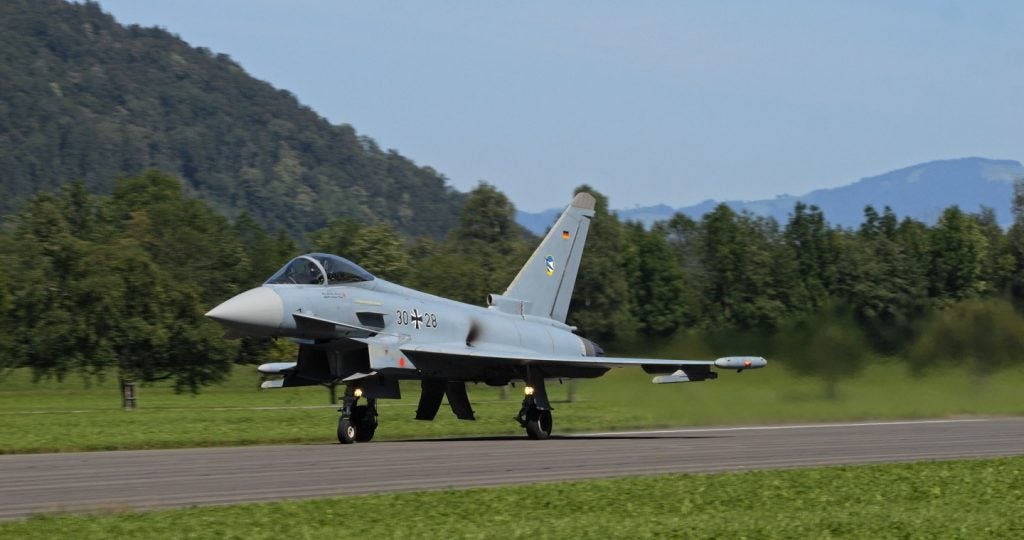
The early response from Israel to Hamas’ extensive incursions into Israel over the weekend 7 October, which has resulted in the deaths of more than 700 Israeli’s and other nationals, has seen its military focus on the utilisation of air assets to strike at known and opportune targets in the neighbouring Gaza Strip enclave.
Beginning in the morning of 7 October, the Hamas militant organisation conducted a series of raids into Israel, with widespread reports of indiscriminate killings or kidnappings of hundreds of civilians, as well as an unknown number of Israeli soldiers. Kidnapped Israeli’s have reportedly been taken across Israel’s border with Gaza, with their exact whereabouts unknown.
Apparently caught off guard, the Israeli Defense Force has since been attempting to catch up and match the operational tempo of Hamas fighters. Hamas’ incursions began on the 50th anniversary of the start of the Yom Kippur war, which saw a coalition of Arab nations unsuccessfully attempt to invade Israel.
While ground operations continue inside Israel to find and eliminate Hamas fighters still at large, the country’s Air Force has been tasked with degrading Hamas’ military infrastructure, along with other Islamist groups operating in the Gaza Strip, such as Islamic Jihad.
According to an IDF statement on X, formerly known as Twitter, between Saturday (7 October) and Monday morning (9 October), over 1,200 targets were hit by Israeli aircraft across the Gaza Strip, including weapons storage and manufacturing sites, command and control centers, rocket launchers and more.
Air strikes on 9 October were carried out against a range of targets, including a “weapons compound” and an “entry point to an underground terror tunnel in the Gaza Strip”, purportedly used by “senior operatives of the Hamas terrorist organisation”.
How well do you really know your competitors?
Access the most comprehensive Company Profiles on the market, powered by GlobalData. Save hours of research. Gain competitive edge.

Thank you!
Your download email will arrive shortly
Not ready to buy yet? Download a free sample
We are confident about the unique quality of our Company Profiles. However, we want you to make the most beneficial decision for your business, so we offer a free sample that you can download by submitting the below form
By GlobalDataIn addition, an “operational command centre belonging to Islamic Jihad”, which the IDF was located inside a mosque in the Zeitan neighbourhood, and another Hamas command centre in Khan Younis, were struck by Israeli fighter jets. The locating of sites of military significance by Hamas inside civilian areas in the Gaza Strip was “deliberate”, the IDF stated.
Also, on the morning of 9 October, the IDF said that an aircraft struck a vehicle belonging to the Hamas that approached the security fence in the Gaza Strip travelling towards Israeli territory.
In the hours since, Israeli airstrikes have continued on Gaza, with the IDF reporting that rockets fired from Gaza targetted Ashkelon.
A freelance contributor to Army Technology, Joe Charlaff, also reported sirens sounding in Jerusalem, as rockets attacks from Hamas operating in the Gaza Strip continue.
By the evening of 9 October, the IDF stated that it had “doubled” the number of the 1,200 airstrikes carried out in the first 48 hours of operations, indicating that up to 2,500 strikes had been conducted on targets in the Gaza Strip.
Israel now engaged in “war” with Hamas
In a video posted on X, formerly known as Twitter, in the afternoon of 9 October, IDF spokesperson Major Doron Spielman said that the IDF was “now engaged in a war with Hamas terrorists”.
In the same timeframe, the IDF stated on X that it had “neutralised a number of terrorist infiltrators” who had crossed the Lebanon border into Israel. The IDF’s Homefront Command has since commanded Israeli citizens living near the country’s border with Lebanon to “remain in their homes”.
Large tracts of Lebanon are controlled by the Hezbollah militant organisation. Both Hamas and Hezbollah have strong links to Iran and are actively supported by the regime in Tehran.
It should be noted that the UK maintains a small presence of military personnel in Lebanon through the UNIFIL mission, where it is assisting the civilian government with security programmes.
Additional reporting by Joe Charlaff






